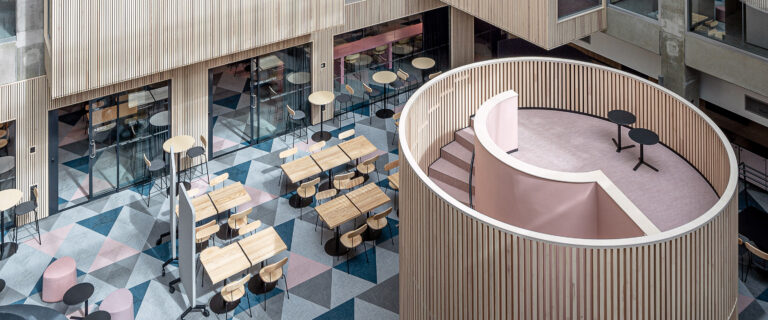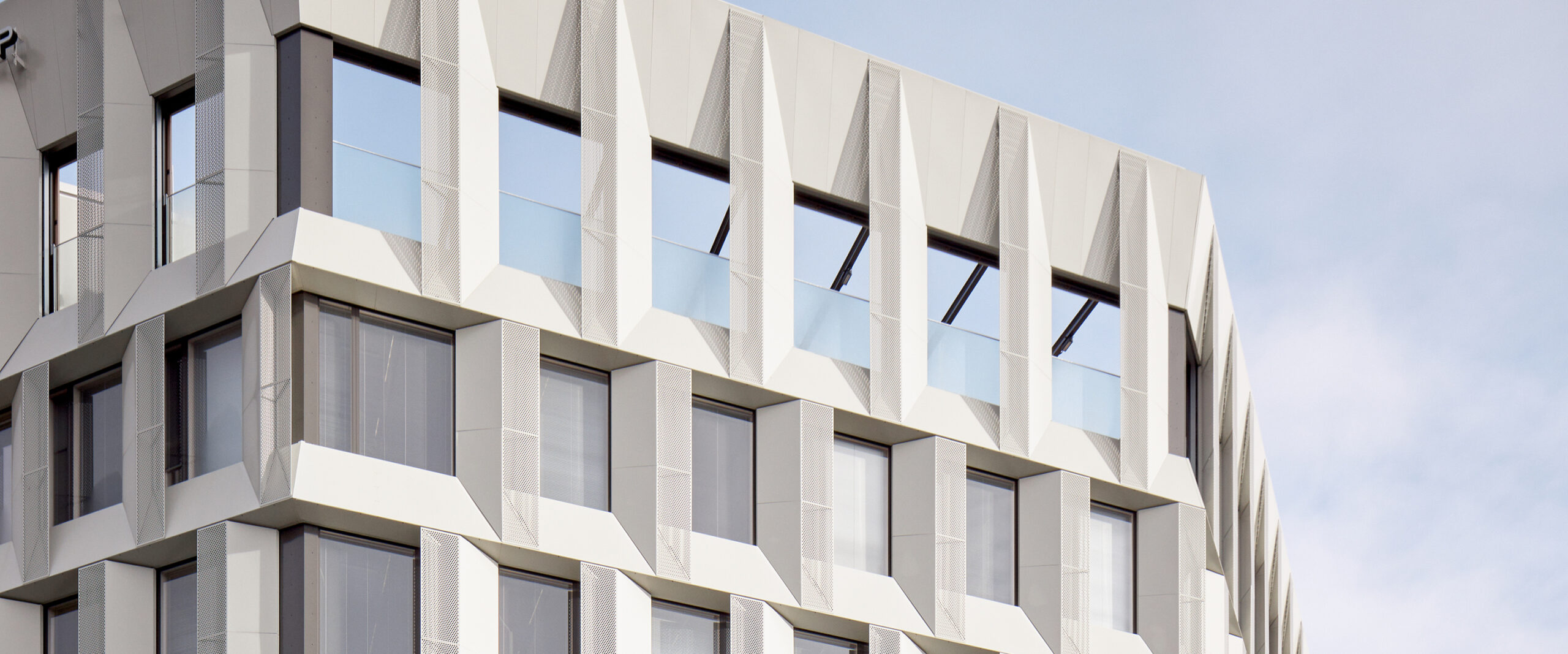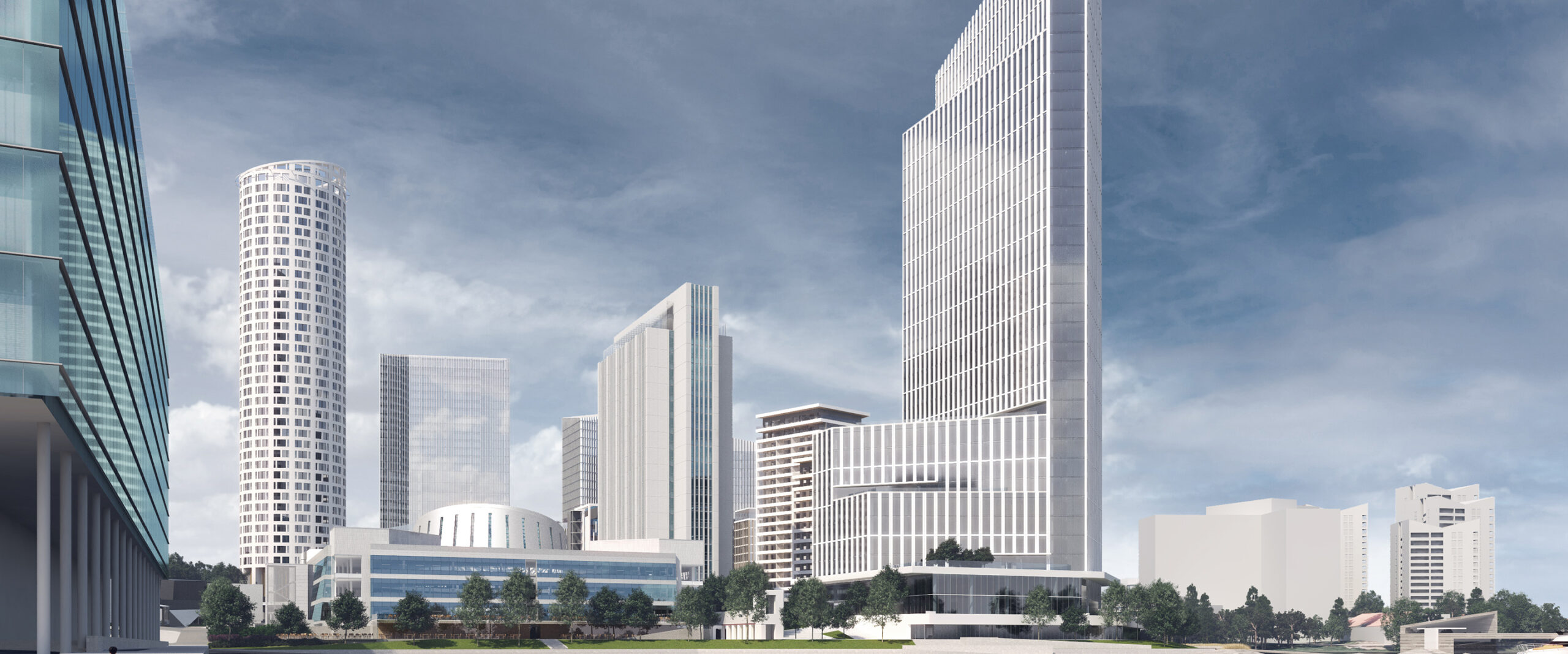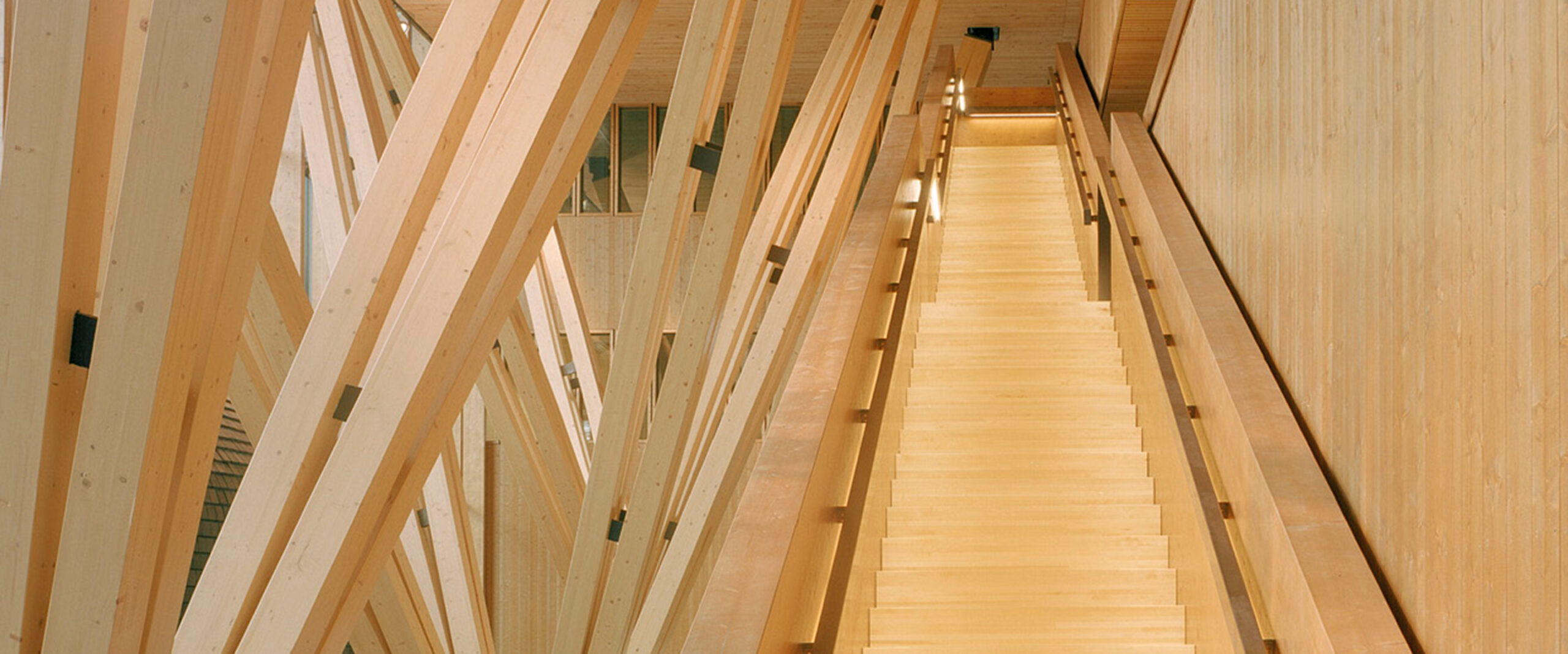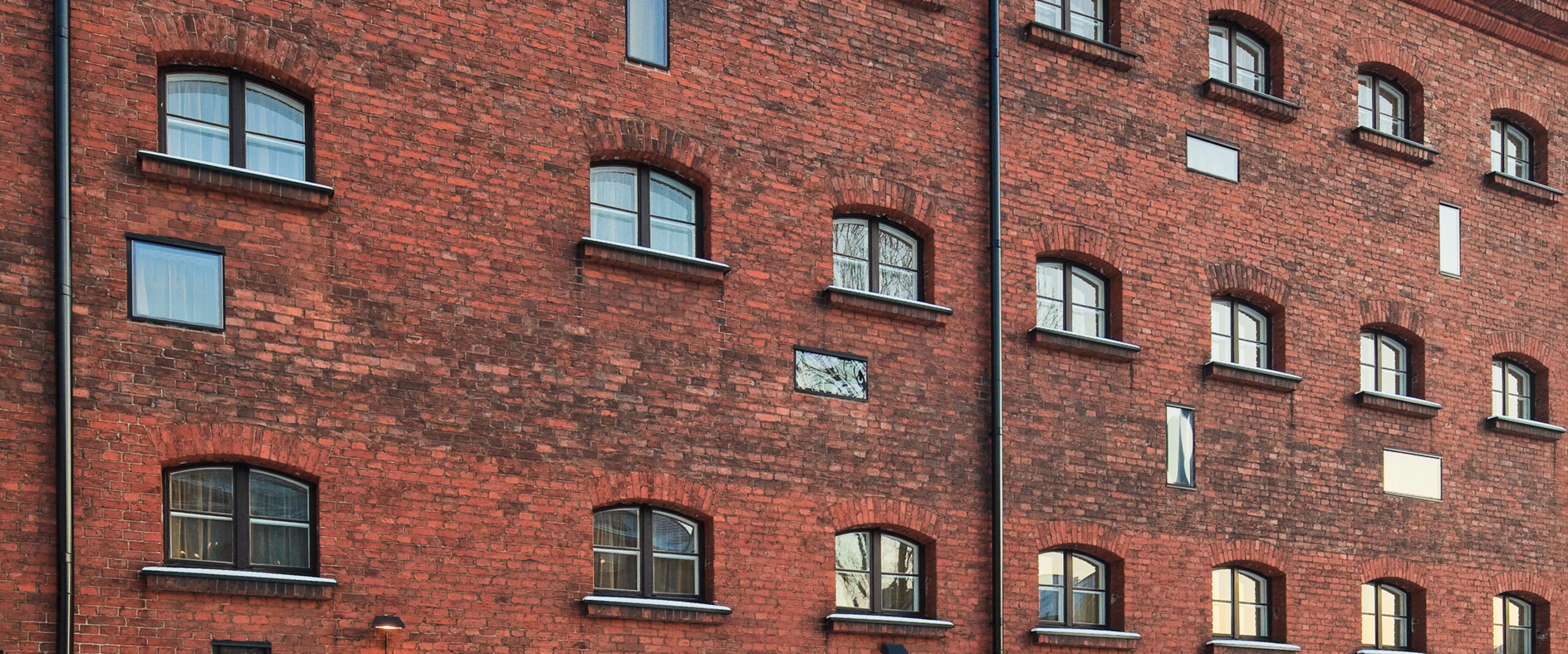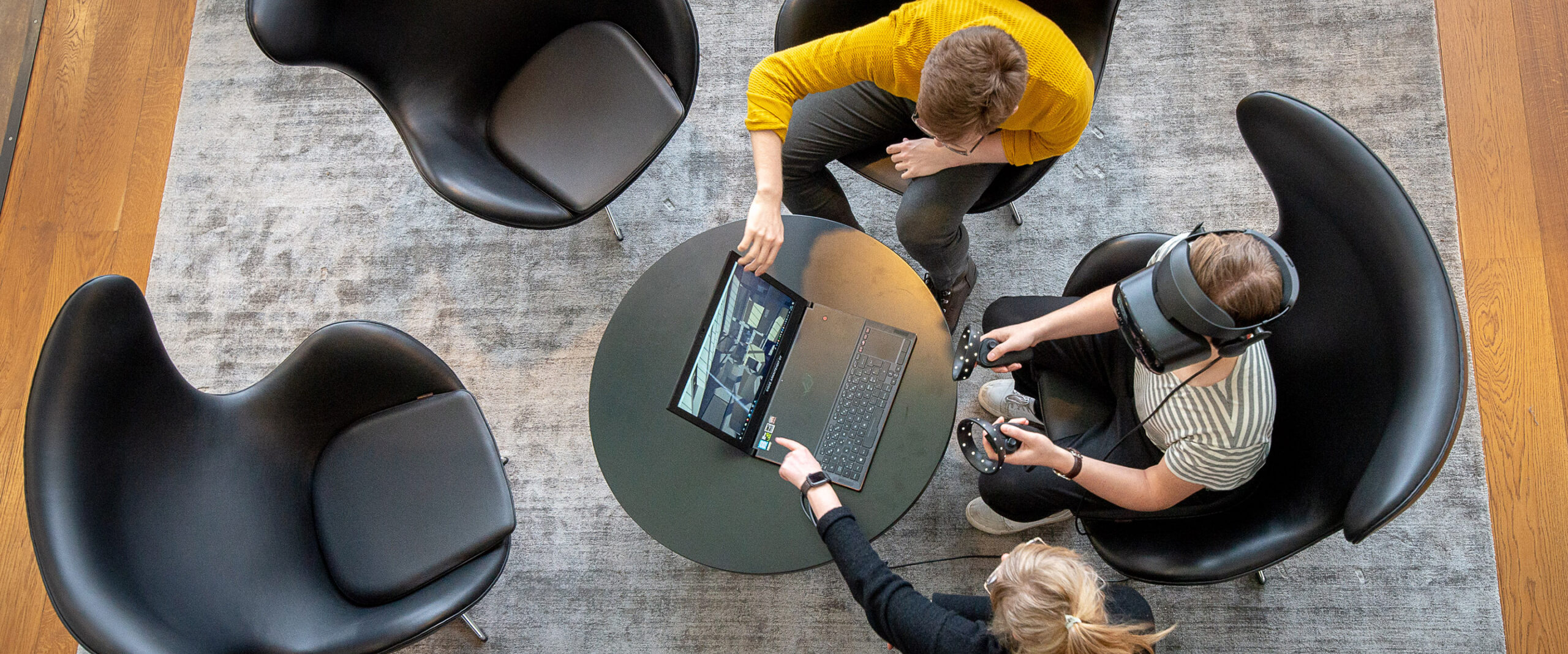Space that works for the users
In the workplace environment and interior design, it’s essential to understand the client’s needs, wishes, and brand identity. The solutions are always designed to strengthen the customer’s brand story and support the organization’s operation. A flexible and smart working environment enables inspiring, functional, and efficient spaces that are long-lasting, improve occupational well-being, and increase the attractiveness of the employer.
Our extensive knowledge of client organizations and their operations enables us to steer our projects towards the most functional outcomes. With working methods continually evolving, businesses need to adapt their premises, tools, and culture in line with shifting strategies. We need to embrace that with an open mind and vision. The key is understanding how the work environment best supports the employees in their respective tasks.
In our role in workplace environment and interior design, we have supported management in evolving work environments and conceptualizing organizational models, with a focus on furniture, lighting, color, and overall interior aesthetics. We also manage tendering and procurement processes as needed. For protected buildings, our services extend to furniture inventories, renovation, and restoration planning.
In our projects, the client’s brand identity, architecture, and interior design complement each other to make the final result more than the sum of its parts.
